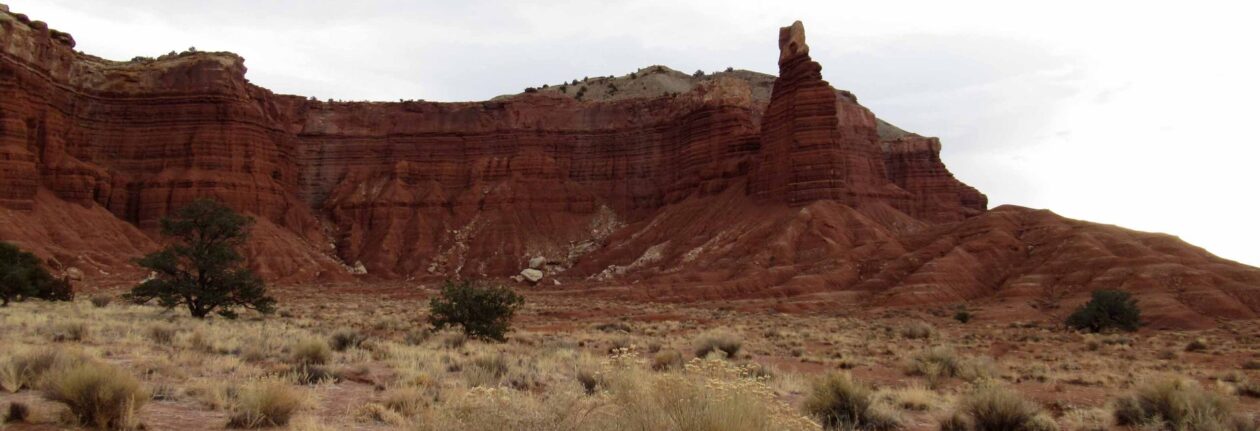Sofia, Bulgaria
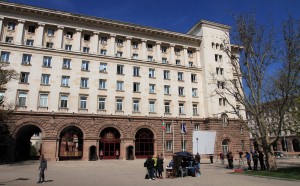
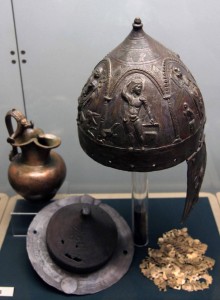
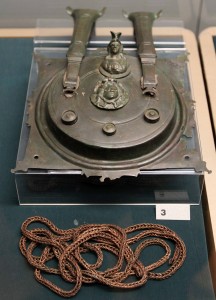
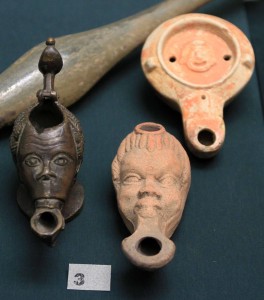
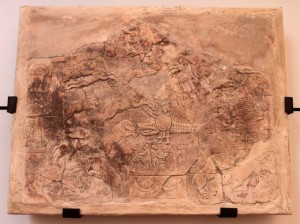
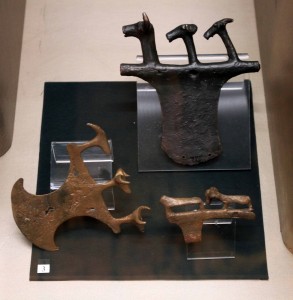

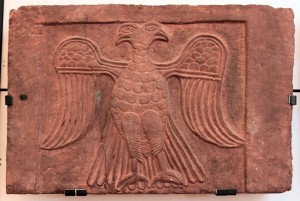
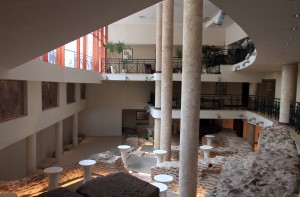
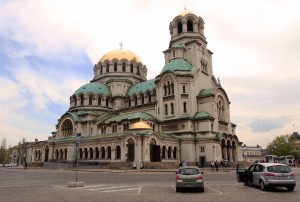
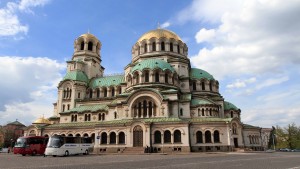
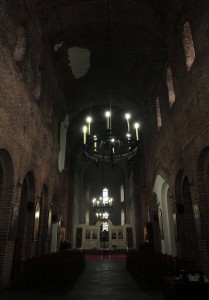
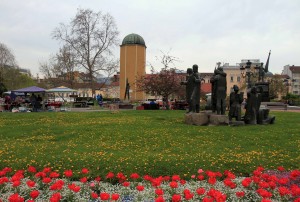
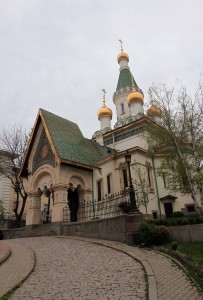
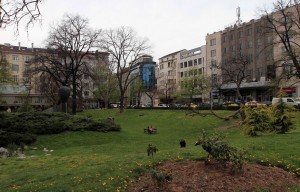
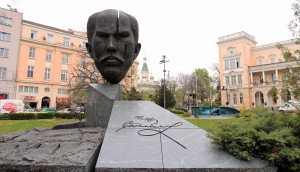
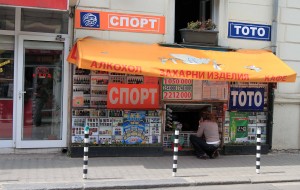
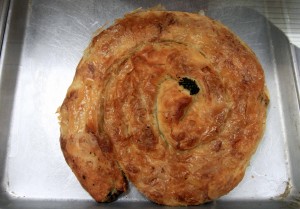
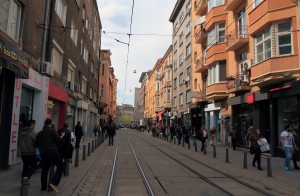
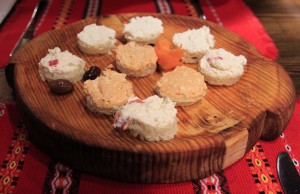
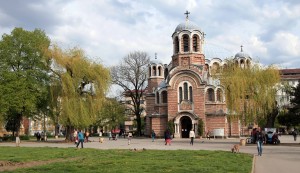
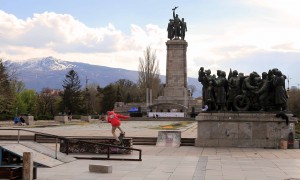
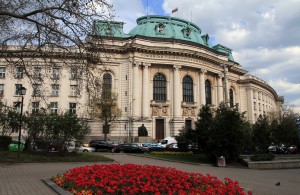

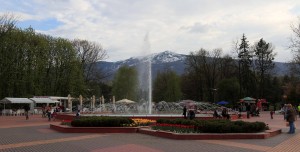
I woke up, showered, dressed, and then exited the hostel at 10:30. I walked to the city center of Bulgaria, along Vitosha Street, and made my way to the courthouse by 10:55; originally I had planned to do the free walking tour of Sofia, which met up in front of the courthouse; however, the group was far too large for my tastes (about twenty people); so, I decided to continue to explore the city on my own. I then walked to the front of the President’s Office, where there was a film crew set up. I then walked inside the adjacent National Institute of Archaeology and Museum. Inside the museum were many artifacts from prehistoric times, the Roman Empire, and Byzantine Empire. I explored each level and room that was open to the public and viewed some interesting pieces (like an old relief poster for circus games in Serdica that had animals fighting each other, as well as animals fighting men). After touring the museum, I walked to the Ethnographic Museum (located right next to the National Art Gallery); it turned out that this museum was closed, but strangely I was given three answers as to why it was closed; first, a fat, stupid man told me that it was Monday and that all the museums are closed on Monday (I hope this guy isn’t representative of your average Bulgarian and whoever he is, he should be fired, tarred and feathered, and driven out of town); after I replied that it was Friday, this man then told me there was an insect problem and they were spraying the museum; I then asked a woman who works there and she told me they were having technological troubles; whatever the real reason was, the museum was clearly closed (with lights off), but I certainly won’t be returning here tomorrow and I will never recommend this place to anyone. Oh well. After that disappointment, I walked north to the Arena di Serdica Hotel, which has incorporated the Ancient Roman Amphitheatre of Serdica in to its building (you can hang out amongst the ruins on the bottom level of the hotel and enjoy a cocktail. There wasn’t much to see in the hotel and I soon left and walked to the St. Alexander Nevsky Cathedral, a Bulgarian Orthodox cathedral that was built in 1912 AD. This cathedral is the iconic symbol of Sofia and is very beautiful on the outside and inside. I entered inside the cathedral and walked around before exiting and walking to St. Sofia Church, which is the second-oldest church in Sofia and dates to the sixth-century AD. Inside the red-bricked church, I entered inside the underground archaeological museum and walked around the ruins of previous churches and an old necropolis with many masonry tombs with semi-cylindrical vaults. After touring the museum, as well as the standing church itself, I walked back outside and to Church of St Nicholas the Miracle-Maker (also known as the “Russian Church”), which is a small, albeit nice looking church (typical Russian Orthodox architecture). Next, I found myself at the Krystal Garden just before 14:00; I saw the guides for the Balkan Bites Tour (a free food tour around Sofia that offers little bites for everyone to try) and decided to take the tour (I had planned to do this yesterday, but did not make it in time; I had no plan to do it today, but I just happened to be at the right place at the right time). I met the two Bulgarian guides (one, the female, was the actual guide, but since this was her first tour as a guide, an experienced male guide was accompanying her) and soon another man (Romanian) showed up. It ended up just being the four of us and we started on our tour. First, we walked to a soup place and had a cold milk-yogurt soup with bits of cucumbers and dill; this soup is usually consumed by Bulgarians on hot summer days and can be quite refreshing. Next, we continued on our tour and passed by a couple of “squat shops,” which are shops that sell their goods out of the basements in buildings, through an open window just above the sidewalk; these shops were created in the 1980s when private ownership of production was legalized; these shops opened up in the basement floor of buildings (where room was available) to quickly take advantage; now, many still exist in Sofia despite plenty of space being available to establish a shop where people don’t have to squat to buy goods. We then walked to an underground street passageway and stopped at a bakery inside where we tried a piece of burek (a pastry popular in the Balkans – it was also found in every pastry shop in Belgrade), which is a bread filled with cheese or some other matter (we had burek filled with just cheese). We then continued on our tour and walked to an all organic restaurant where we had bread with two types of spreads (the first one was made from tomatoes and paprika; the second one was made from aubergine and several other vegetables, as well as garlic – a popular additive for food in Bulgaria). Next, we walked to a traditional Bulgarian restaurant and tried a shot of white wine and bits of bread with three different types of cheese spreads. After emerging out of this restaurant, our tour ended and the Romanian man and I tipped the guide for a job well done on her first outing as tour guide. I then returned to the traditional Bulgarian restaurant to eat a splendid meal, but it didn’t happen on account of nothing on the menu actually interesting me and the waiter not being very good at his job. So, I left this restaurant behind and walked to Sveti Sedmochislenitsi Church (a church we passed on the food tour, but did not have time to check out); this church was originally a mosque (known as the “Black Mosque”) that was built in the sixteenth-century AD until the minaret collapsed (the local Muslims took it as a sign and discontinued using the structure as a mosque); then it became a storehouse until, finally, it was converted in to a Bulgarian Orthodox church in 1903 AD. I walked around the inside of the church and then exited the structure. I then walked to Orlov Most, which is known as “Eagles’ Bridge” and is located over the slimmest canal in the world Perlovska River – I’m not sure why I had this listed on the itinerary I built over two years ago since it wasn’t historically or aesthetically interesting. I then walked back to the city center, passing by Knyazheska Garden with its Soviet monuments, as well as Knyazheska Garden. I also visited the City Garden and the front of the Ivan Vazov National Theater again. I didn’t find any restaurants that interested me in the city center and decided to walk back to the hostel and see if anything interested me along the way – nothing did. I then continued walking on Vitosha Street until it came to an end at Yuzhen Park (which translates to “South Park” – hooray!). This park just so happened to have a Dominos pizzeria and that made me salivate. So, I bought a bottle of Bulgarian beer and a Bulgarian pizza (tomato sauce, mozzarella, olives, green peppers, feta cheese, sausage, fresh tomatoes, and oregano); I then sat at a table outside the pizzeria and ate my dinner – the pizza tasted fantastic and I loved every bite (I think the addition of feta cheese really made this pizza great). After dinner, I walked back to the hostel and went up to my private room. It wasn’t long before I passed out on my bed (shortly before 20:00), exhausted from walking around all day and tired after consuming the large pizza.
